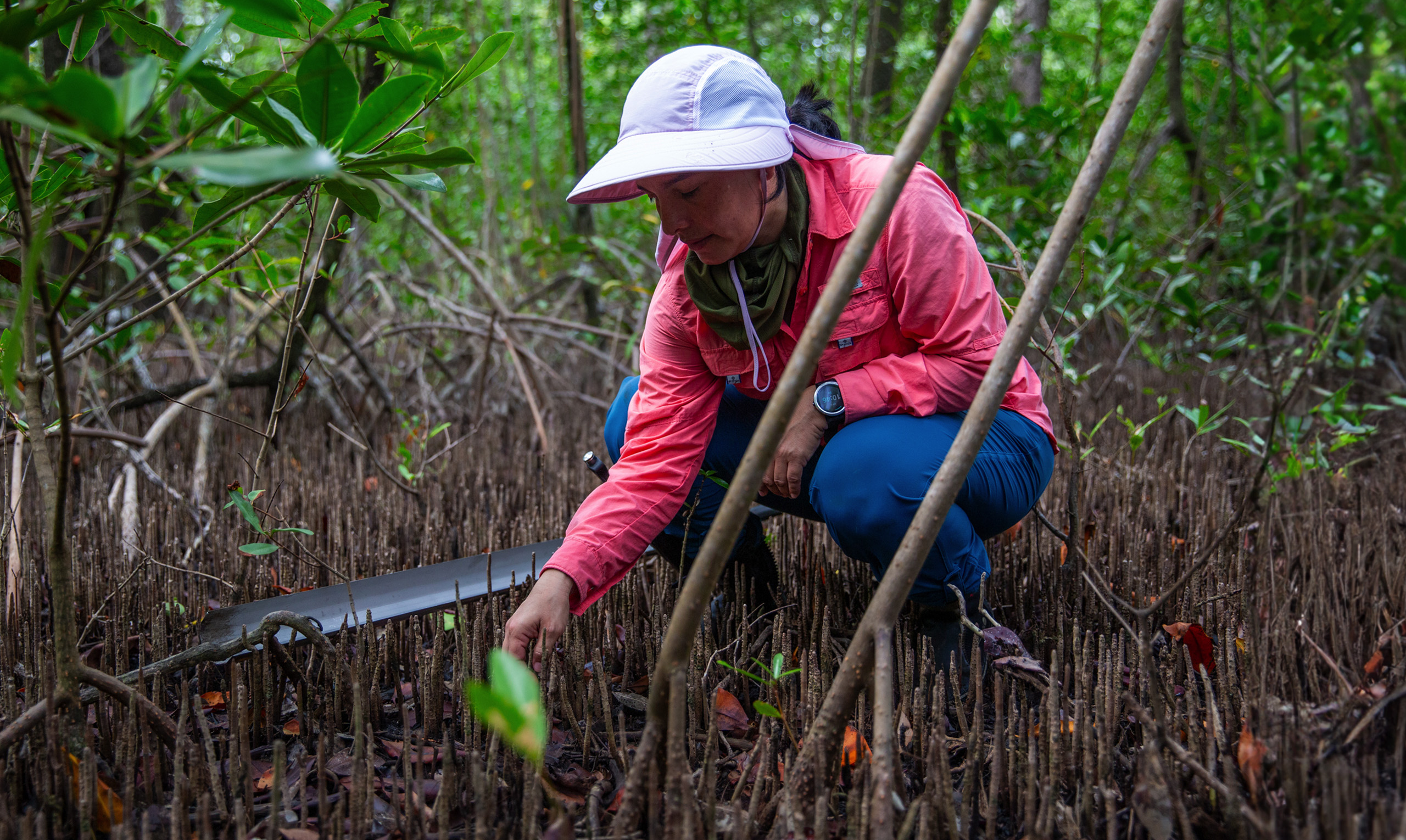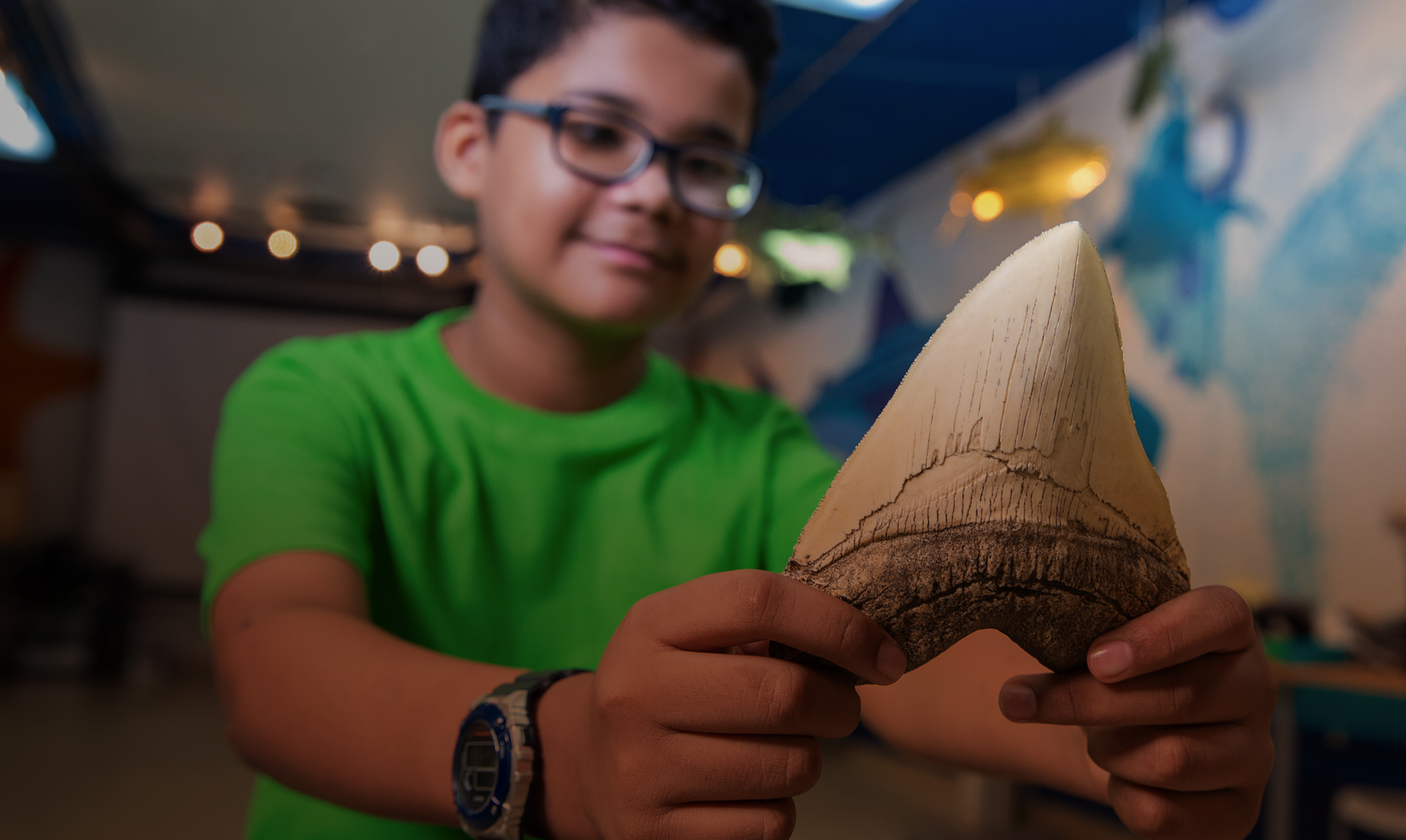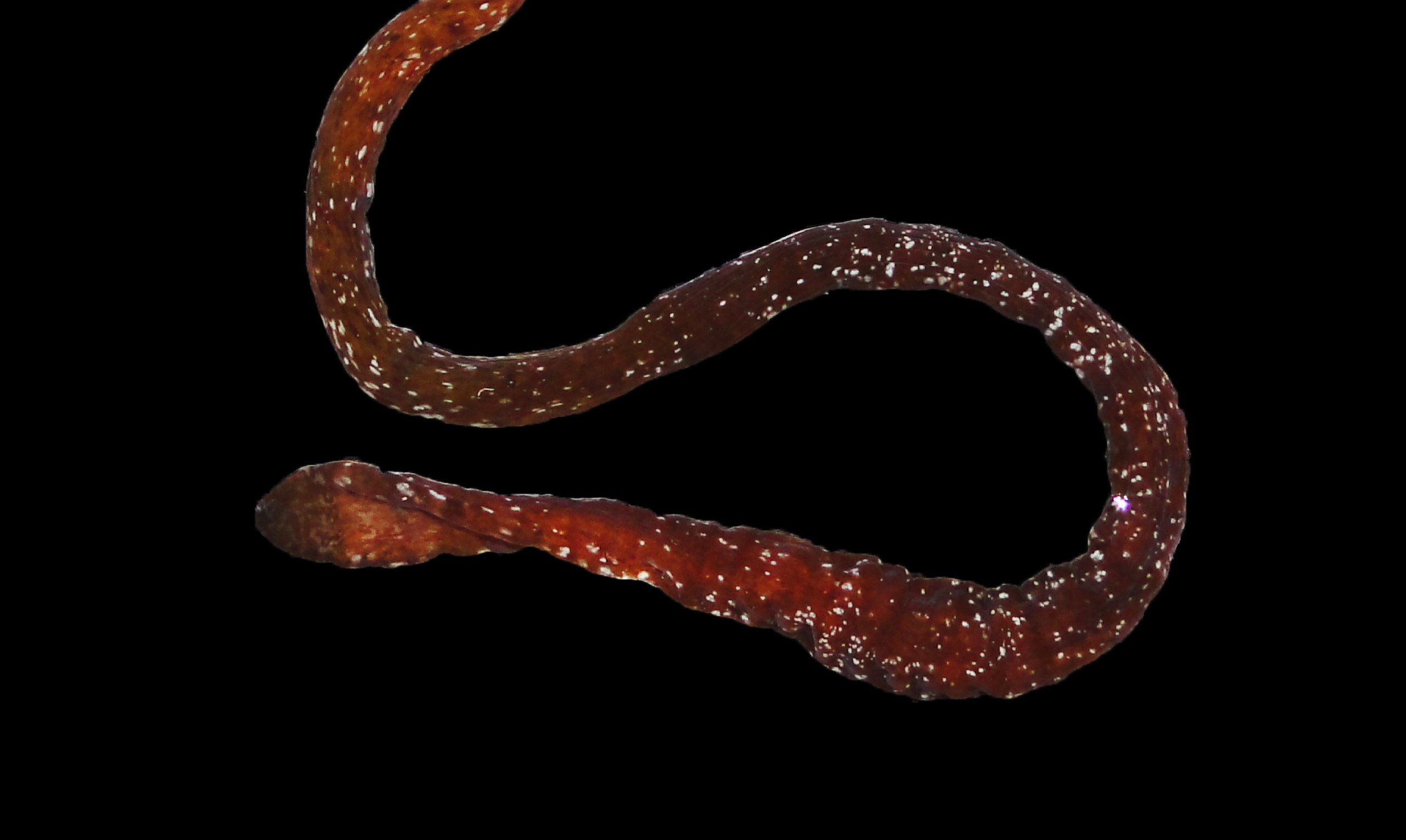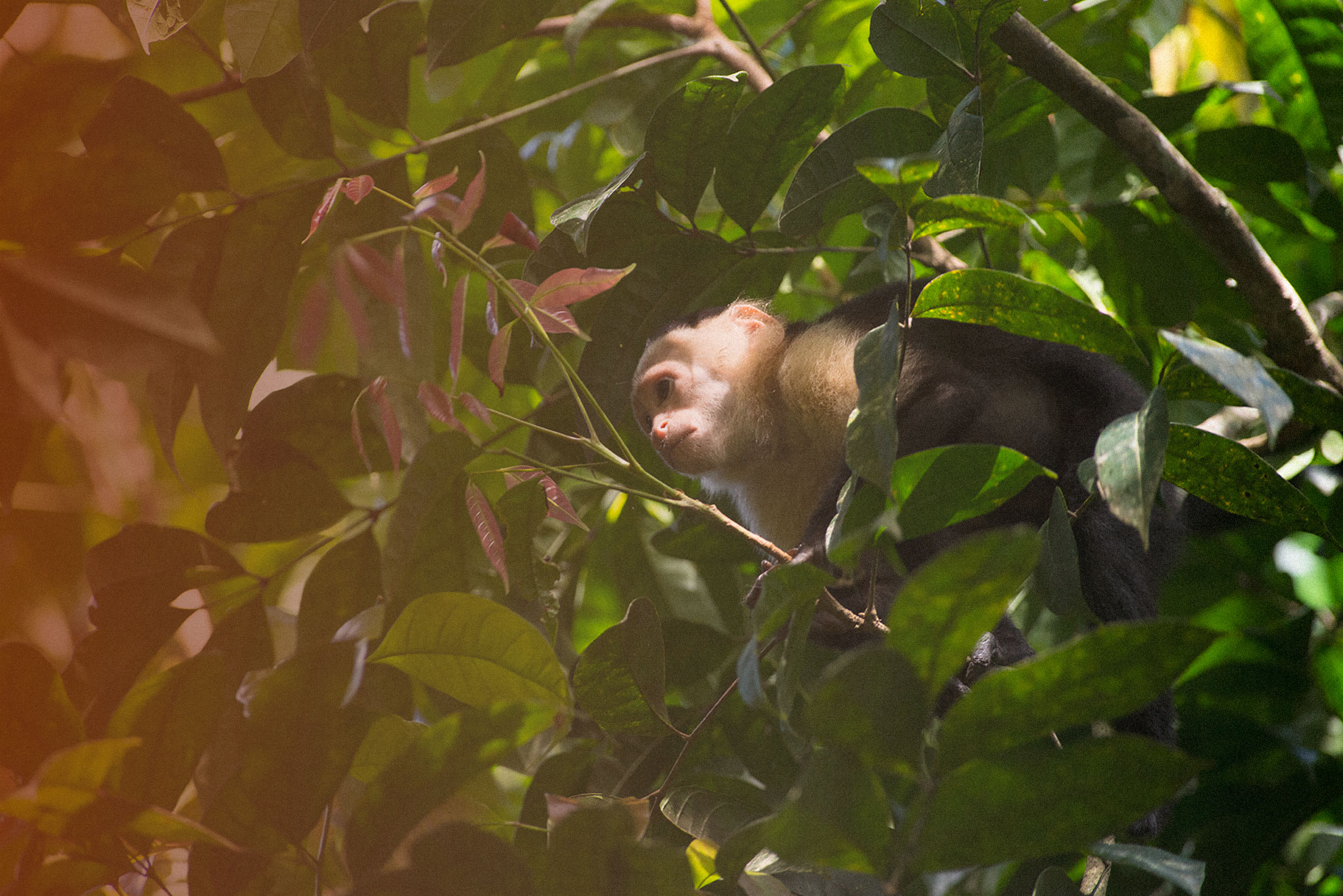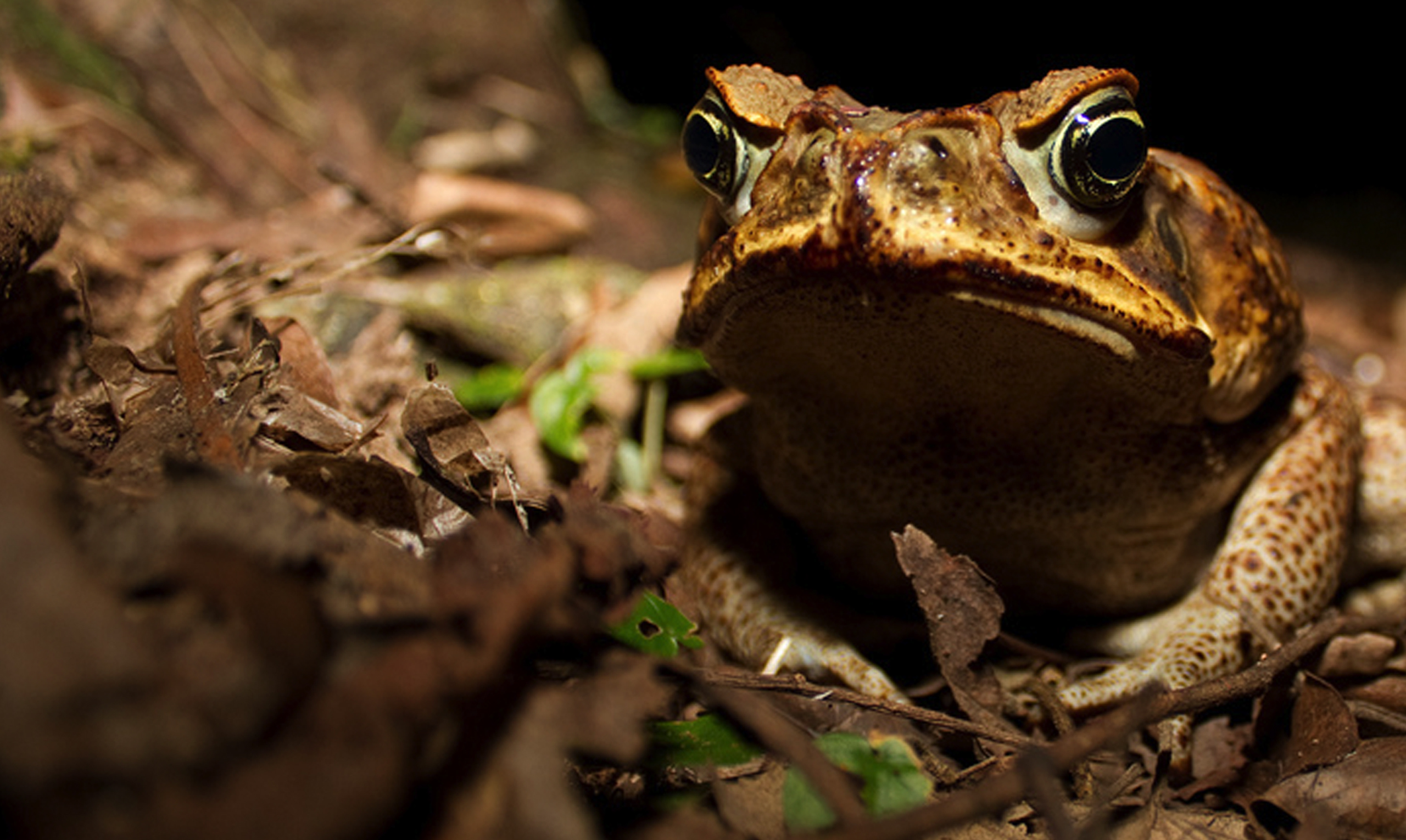Plants are sessile: they cannot run away when confronted with unfavorable conditions, yet they can adjust the way they function. I have been fascinated by metabolic plasticity in plants ever since I discovered that some species reversibly switch from one photosynthetic pathway (C₃ photosynthesis) to another (CAM photosynthesis) in response to salinity and drought stress.
In situ temperature relationships of biochemical and stomatal controls of photosynthesis in four lowland tropical tree species, 2017
The Kalanchoë genome provides insights into convergent evolution and building blocks of crassulacean acid metabolism, 2017
Dr. rer. nat., Darmstadt, 1975
Dr. rer. nat. habil., Würzburg, 1983
Winter K, Smith JAC (2022) CAM photosynthesis: the acid test. New Phytologist 233: 599-609.
Winter K (2019) Ecophysiology of constitutive and facultative CAM photosynthesis. Journal of Experimental Botany 70, 6495-6508
Slot M, Winter K (2017) In situ temperature response of photosynthesis of 42 tree and liana species in the canopy of two Panamanian lowland tropical forests with contrasting rainfall regimes. New Phytologist 214: 1103-1117
Crayn DM, Winter K, Schulte K, Smith JAC (2015) Photosynthetic pathways in Bromeliaceae: phylogenetic and ecological significance of CAM and C3 based on carbon isotope ratios for 1893 species. Botanical Journal of the Linnean Society 178: 169-221
Winter K, Holtum JAM, Smith JAC (2015) Crassulacean acid metabolism: a continuous or discrete trait? New Phytologist 208: 73-78
Winter K, Holtum JAM (2014) Facultative crassulacean acid metabolism (CAM) plants: powerful tools for unravelling the functional elements of CAM photosynthesis. Journal of Experimental Botany 65: 3425-3441
Cernusak LA, Winter K, Dalling JW, Holtum JAM, Jaramillo C, Körner C, Leakey ADB, Norby RJ, Poulter B, Turner BL, Wright SJ (2013) Tropical forest responses to increasing atmospheric CO2: current knowledge and opportunities for future research. Functional Plant Biology 40: 531-551
Cheesman AW, Winter K (2013) Elevated night-time temperatures increase growth in seedlings of two tropical pioneer tree species. New Phytologist 197: 1185-1192
Winter K, von Willert DJ (1972) NaCl-induzierter Crassulaceensäurestoffwechsel bei Mesembryanthemum crystallinum. Zeitschrift für Pflanzenphysiologie 67: 166-170
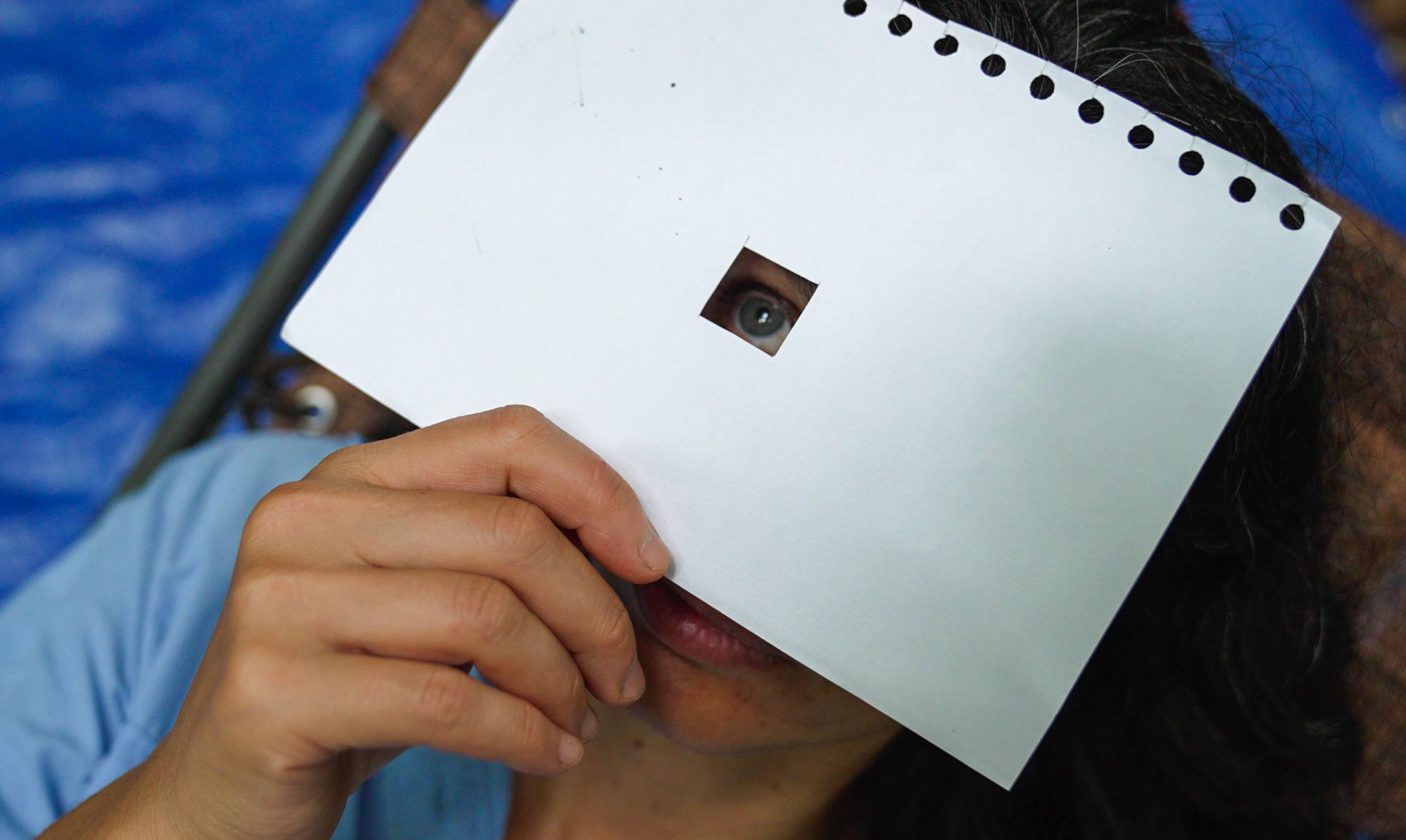 orange-red
William Wcislo Erin Spear
orange-red
William Wcislo Erin Spear


